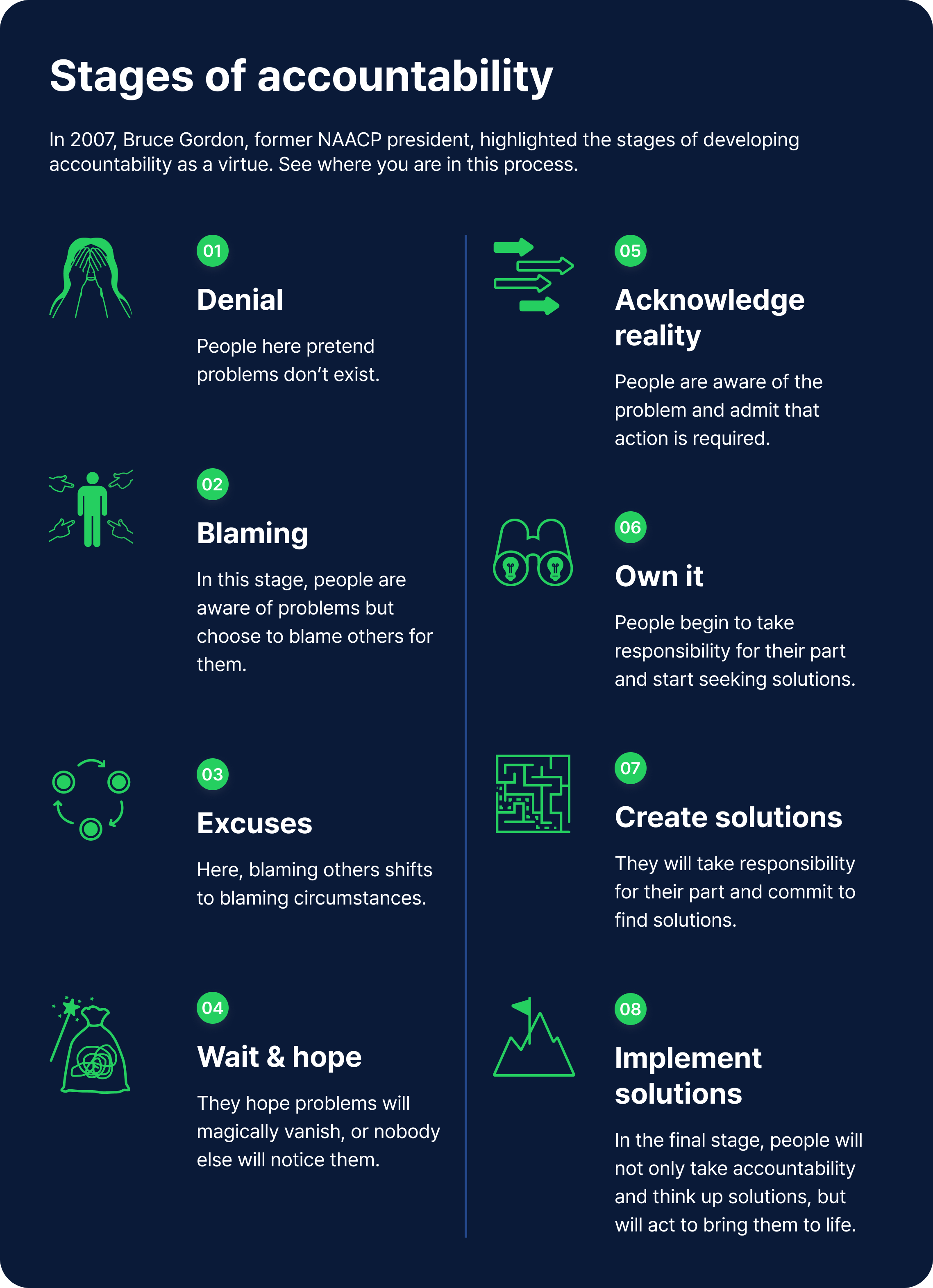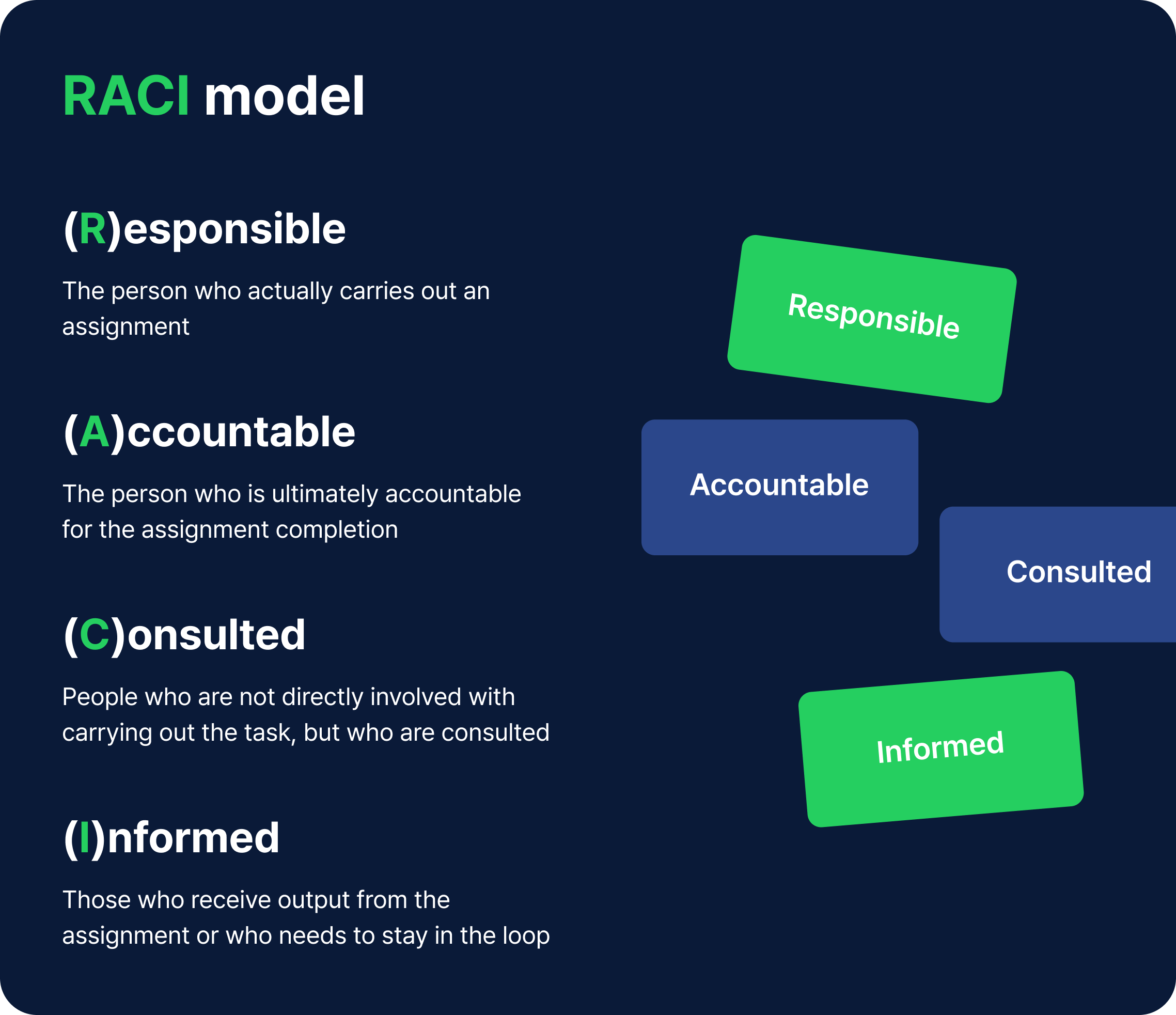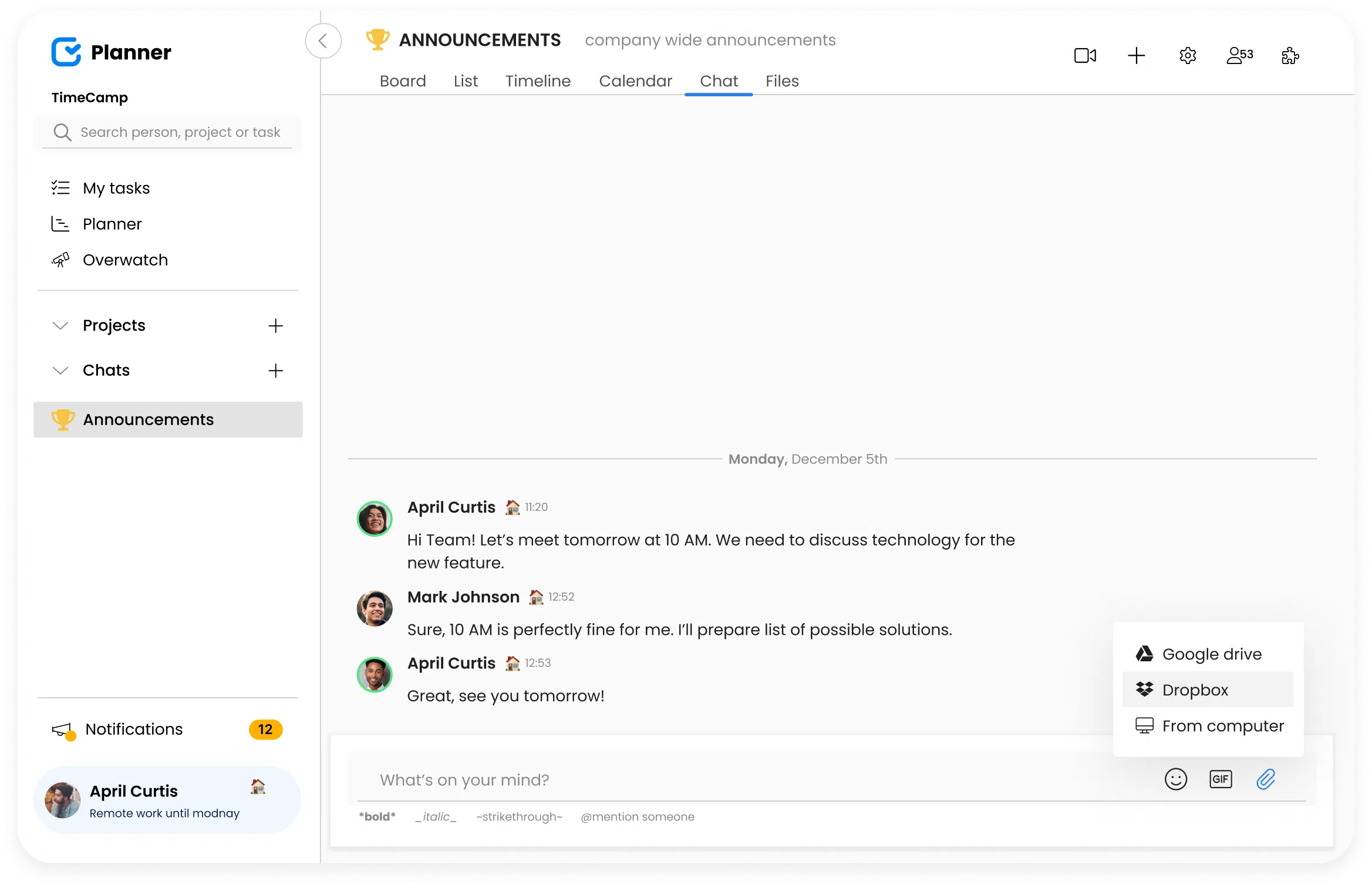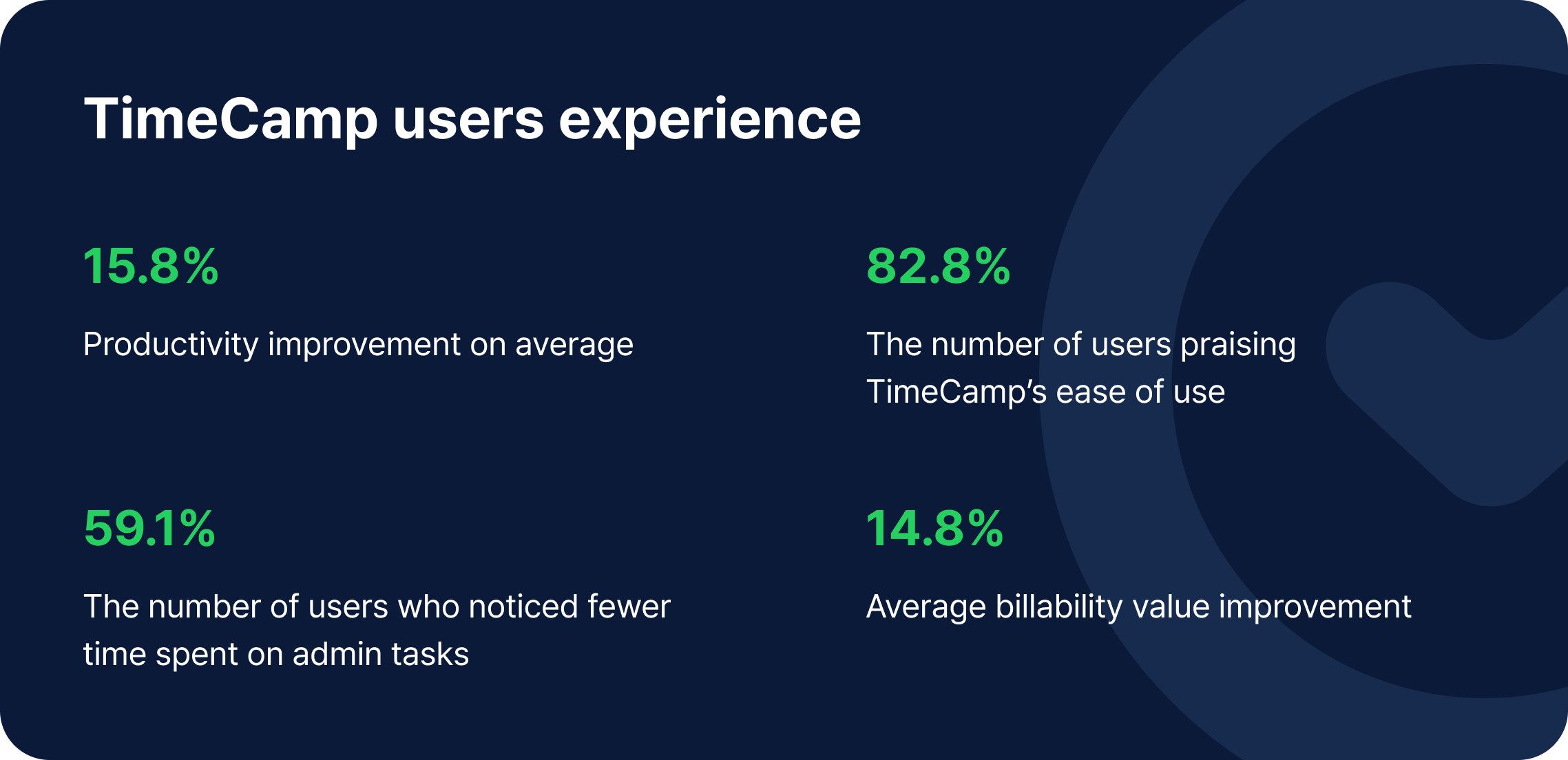How to Build a Transparent Team and Foster a Culture of Accountability?
-
Ola Rybacka
- October 14, 2024
- 9 min read

Top employers know that behind every successful company stands a self-driven, transparent team.
In this piece, you will learn how fostering accountability and implementing transparent communication can help improve team performance and contribute to the company’s big picture.
Read on if this low-investment, surefire way to stimulate growth interests you.
What you’ll find in our transparent team accountability guide:
- Culture of accountability: What it is and why is it characteristic of high-performing teams?
- Leadership accountability: How the top can set an example to stimulate team performance?
- How to measure team accountability?
- How does transparency foster team accountability?
- What are the best practices to keep the team accountable?
What is accountability culture?
A culture of accountability is a work environment in which individuals and teams are encouraged, expected, and empowered to take responsibility for their actions, decisions, and outcomes.
Team accountability means that all team members understand their roles and the expectations tied to them and are held responsible for meeting those expectations. If something goes wrong, people own up to their mistakes, learn from them, and make improvements rather than shifting blame.
Most organizations build team accountability by promoting personal responsibility and assigning ownership. Recognizing individual contributions increases employee satisfaction, translating to high-quality work results and benefits the entire team.
For example, Atlassian (go to their website) knows that instilling accountability means giving people freedom, time, and the ability to learn from mistakes. Feedback is a big deal in the company and is key to its award-winning culture.
Regular, peer-to-peer feedback helps create a space where everyone feels safe and gets creative. As Scott Farquhar, co-founder and CEO, says, “When information flows freely, it gives everyone in the company the right context to unleash their creative ideas.”
Atlassian also has some unique perks that build accountability and engagement. For instance, new employees get a paid vacation before starting their job. Plus, everyone can take time off for volunteering and spend up to 20% of their work hours discovering and exploring new concepts.
What are the characteristics of accountable leaders?
Leadership is solving problems. The day soldiers stop bringing you their problems is the day you have stopped leading them. They have either lost confidence that you can help or concluded you do not care. Either case is a failure of leadership. — Colin Powell
An accountable leader exhibits specific traits that instill trust, a sense of responsibility, and high performance within their team.
A truly accountable leader of a transparent team:
-
Takes ownership—An accountable leader takes full responsibility for their decisions, actions, and team outcomes. They don’t deflect blame or make excuses when things go wrong.
-
Communicates clearly—Accountable leaders ensure everyone understands expectations, goals, and roles. They provide clear guidance and open communication channels for feedback and questions.
-
Sets clear expectations—They define specific, measurable, and realistic goals for themselves and their team. This includes setting deadlines, performance standards, and desired outcomes.
-
Provides constructive feedback—An accountable leader provides timely, specific, and actionable feedback instead of ignoring issues or offering vague criticism. They help their team improve and hold them accountable for their performance.
-
Owns mistakes and failures—Accountable leaders admit when they are wrong and take responsibility for failures. They use each mistake as a learning opportunity and encourage the team to find solutions.
-
Supports team members—They provide the necessary resources, guidance, and encouragement for their team to succeed. If the team struggles, the leader helps to remove obstacles and ensures everyone has what they need to meet expectations.
-
Makes data-driven decisions—Accountable leaders use facts and data to guide decisions. They rely on performance metrics and provide feedback to assess progress and adjust strategies when needed.
-
Listens actively—They value input from their team and create an environment where everyone feels heard. They make informed decisions by considering the perspectives of others, especially when solving problems.
-
Holds the team accountable—The leader ensures that every team member understands their responsibilities and follows through on their commitments. When expectations aren’t met, the leader addresses the issue directly and constructively.
-
Fosters transparency—Accountable leaders maintain openness with their team by sharing information about goals, progress, challenges, and decisions. Transparency builds trust and keeps everyone aligned.
-
Remains calm under pressure—When faced with challenges, an accountable leader remains composed and focused on solutions. They take charge of difficult situations rather than avoiding them, keeping the team motivated and on track.
Transparent team needs an accountable leader
An accountable leader drives success by nurturing responsibility and integrity in themselves and their team. These traits build trust, promote high standards, and lead to solid and cohesive teams. By showing a good example, they foster a culture of accountability—they create an environment where accountability is expected and encouraged across the team. They promote peer accountability and ensure everyone understands the importance of owning their actions.
Besides, an accountable leader leads by example—they model the behavior they expect from their team, demonstrating transparency, integrity, and a strong work ethic. Their actions set the standard for others to follow.

How to measure team accountability?
Have you ever heard of the Hawthorne Effect? It refers to some individuals’ tendency to alter their behavior in response to their awareness of being observed. But what does it have to do with team accountability, given that being observed is mainly associated with micromanagement—a set of extremely intrusive employee control practices?
Transparency is the key to improving communication and achieving team accountability.
![]()
Transparency fosters trust and creates a solid base for healthy employer-employee relationships. A transparent workplace encourages team members to accept responsibility for their actions and perform their best to deliver the highest results.
To achieve this state, you only need to implement a measurement system, collect the numbers, and analyze them thoroughly.
Collect employees’ time data with TimeCamp to receive real-time stats about your team’s performance and keep the employees’ attendance records in order.
Metrics for team accountability help measure how well a team fulfills its responsibilities and contributes to the overall success. These metrics can be tracked to ensure everyone is accountable for their tasks and roles.
What are the top team performance metrics for accountability?
Here are the top 5 key metrics for measuring performance to consider:
Timeliness of deliverables
-
What it measures: The percentage of tasks or milestones completed on or before their deadlines.
-
Why it matters: Meeting deadlines is a crucial part of accountability. Timeliness reflects the team’s ability to plan, execute, and manage time effectively.
Quality of work
-
What it measures: The degree to which completed tasks meet predefined standards or expectations (e.g., error rates, client satisfaction, or peer review feedback).
-
Why it matters: Accountability isn’t just about getting work done—it’s about outputting good, viable results. This metric ensures that team members don’t compromise quality to meet deadlines.
Employee engagement and ownership
-
What it measures: The levels of engagement, participation, and initiative taken by individual team members (which can be tracked through surveys, feedback, or performance reviews).
-
Why it matters: When team members feel ownership over their tasks, they are more likely to take responsibility for outcomes. High engagement levels often correlate with greater personal accountability.
Collaboration and communication effectiveness
-
What it measures: How well the team collaborates, communicates, and shares information. This can be assessed through peer feedback, communication logs, or meeting observation.
-
Why it matters: Poor communication often leads to missed tasks and confusion over responsibilities. Tracking this metric ensures that the team works well together and holds each other accountable for collaborative efforts.
Error and rework rates
-
What it measures: The frequency of mistakes or the need to redo tasks.
-
Why it matters: High error rates may indicate lapses in accountability, from rushing tasks or lack of attention to detail. Lower error rates suggest a focus on quality and thoroughness.
Using these metrics helps create a transparent system for tracking individual and team performance. This ensures everyone is held accountable for their work, leading to better outcomes and a more cohesive team.
The art of setting clear and effective responsibilities for transparent teams
Implement SMART goal setting for results tracking
People with goals succeed because they know where they're going. — Earl Nightingale
SMART goals are a framework for setting clear, attainable, and structured objectives. They help transparent team leaders assign clear responsibilities in collaborative projects, communicate individual and shared objectives to each team member, and monitor progress updates. (get more practical info here)
The acronym SMART, in terms of goal setting, stands for:
1. Specific: The goal-setting process should be clear and specific, answering the questions of what needs to be accomplished, why it’s important, who is involved, and what resources are required.
-
Example: “Increase website traffic” is vague, but “Increase website traffic by 20% by optimizing SEO strategies” is specific.
2. Measurable: The goal should have criteria for measuring progress and success. This allows you to track progress and stay motivated.
-
Example: “Increase sales” is unclear, but “Increase sales by 15% over the next quarter” is measurable.
3. Achievable: The goal should be realistic and attainable, considering the resources, time, and different commitments you have. While the goal should stretch your abilities, it shouldn’t be impossible.
-
Example: “Double revenue in one month” might not sound achievable, but “Increase revenue by 10% over the next three months” is more realistic.
4. Relevant: The goal should matter to your broader objectives and align with your long-term vision. It should make sense within the context of your current efforts and priorities.
-
Example: If you’re focused on growing customer engagement, a relevant goal might be to “Improve customer support response times by 25%.”
5. Time-bound: The goal should have a deadline or time frame, creating a sense of urgency and helping to prioritize efforts.
-
Example: “Launch the new product” becomes “Launch the new product by the end of Q3.”
SMART goals are easier to manage and more likely to be successfully achieved because they provide clear expectations, improve team focus, and help structure the action plan.
Define roles in the project according to individual contribution
Once the clear goals are set, you can start breaking down the project into smaller, manageable tasks and identify the personal responsibility. Match skills with responsibilities by assigning tasks based on each person’s strengths, expertise, and skills. This ensures that team members are well-equipped to handle their assigned jobs and positively affect personal accountability.
Define each role clearly so there’s no ambiguity about who is responsible for what. Include specifics like deadlines, deliverables, and the scope of each task.
- Example: Instead of saying, “You’re responsible for marketing,” specify, “You will develop and execute a social media strategy by [date].” Establish clear expectations to empower your team members to perform their best and meet deadlines effortlessly.
Remember to ensure each task has a designated owner instead of assigning the entire team. Using a RACI model (Responsible, Accountable, Consulted, and Informed) helps clarify who is responsible for tasks, who is accountable for decisions, who should be consulted in case of any issues affecting task progress, and who needs to be kept informed. (read more about it here)

Establish regular check-ins and progress reports
Schedule regular team meetings or check-ins to discuss progress updates, address roadblocks, and give feedback. This is the easiest way to build a transparent team—by promoting accountability and providing team members with real-time feedback.
Encourage team members to report their progress and any challenges they’re facing. Regular updates help maintain accountability and allow issues to be addressed early without any problems that could jeopardize organizational success.
Use online project management software to organize work and assign team members to their tasks. With tools like TimeCamp Planner, everyone:
-
Knows who’s working on what and checks if their contributions are aligned with team goals,
-
Receives constructive feedback on the fly,
-
Can easily address their concerns to their managers,
-
Can request extra resources when needed to deliver better outcomes and avoid missed deadlines.

Besides robust project management features, TimeCamp Planner also enables collaboration and open communication. Team members can discuss general issues in group chats or get more specific in private messages. Using a single tool to report progress helps teams take accountability and ensures their continuous improvement.
How to build a more accountable and transparent team?
Here are few simple (and low-cost) tips for building a transparent team:
-
Invest in team-building activities—Strengthening personal relationships between team members is one of the most proven strategies for making the team feel engaged, hence accountable. To make it work, spare no money on retreats and team integration parties during work hours. You’ll see an immediate improvement in employee retention and a 21 % growth in productivity (source: Gallup).
-
Conduct satisfaction surveys—They are crucial in gathering feedback about employee satisfaction and how employees evaluate their own accountability. Consider creating an online survey—having some anonymity can encourage honesty about mistakes and help empower employees to assess the organization’s vision.
-
Provide constructive feedback—Provide negative feedback calmly by explaining the nature of a mistake and proposing a solution. Also, give positive feedback as often as the work results allow to encourage employees to perform better and to foster team accountability.
-
Provide continuous support—Ensure team members have the tools, training, and resources they need to succeed. A lack of resources can prevent accountability if people cannot meet expectations due to limitations.
-
Discuss team struggles—When the team as a whole is invested in the project’s success, accountability naturally increases.
-
Encourage peer reviews—Develop a culture where team members feel comfortable holding each other accountable. Having a colleague rely on you for your part of the project can motivate people to stay on track.
-
Bet on honest communication—Don’t try to sugarcoat the negative feedback. Sure, it comforts the employee during the conversation, but it doesn’t solve the problem in the long run.
-
Address poor performance—Improve transparency by pointing out flaws and explaining the situations behind them. However, do this according to leadership accountability practices and organize one-on-one meetings with people who are held accountable for problematic tasks.
Time tracking as a way to foster accountability
If you’re interested in a quick-feedback solution that makes workers feel accountable for their duties, then consider using a time tracking software.

Time tracking apps, such as TimeCamp, can automatically gather information about employees’ daily routines, efficiency, and productivity. This reflects the previously mentioned Hawthorne effect, which suggests a productivity boost when individuals are observed.
Learning how to read time reports from time trackers creates opportunities for leadership development. Leaders can gain new skills in interpreting team efficiency and use these insights to nurture individual accountability when needed.
Data-driven accountability
Get your free TimeCamp account and build a transparent team that hits numbers.
Sources:
https://naacp.org/resources/accountability-and-assessment-measuring-student-learning
https://en.wikipedia.org/wiki/Responsibility_assignment_matrix
https://www.gallup.com/cliftonstrengths/en/284303/team-building-activities-exercises-part.aspx


